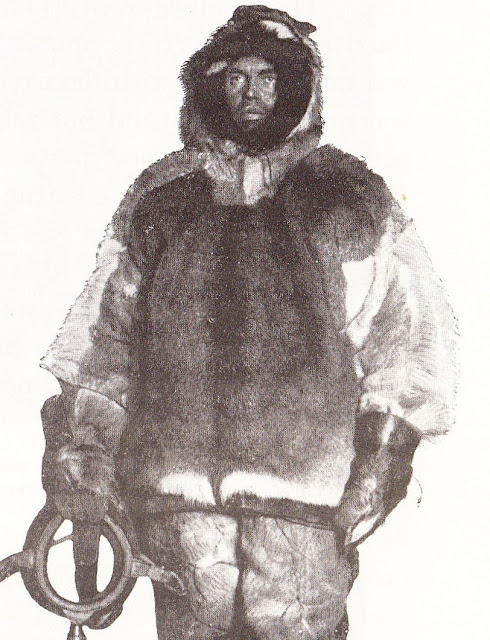February 26, 2017
After a few weeks of acclimating to the altitude I am
feeling better. The station is at 9,300 feet but the little air pressure makes it feel
more like 10,500 or more. I have been told to take it easy for the first few weeks and
to keep hydrating with plenty of water. It was also recommended to stay out of
the gym for the first two weeks. Frequent naps help to live with the 30% less
oxygen.
I performed this job in winter of 2013. For 2017 there is a new satellite that we track called Defense Satellite Communications System (DSCS) There are two of us supporting the winter. We are responsible for operations
and maintenance of all things Satcom. The station utilizes three satellites and
tracking antennas to keep the station internet and phone (voice over internet protocol) system operational
about 12 hours per day. There is also an Iridium satellite phone system that can
be used 24 hours a day. In other words my partner and I are the station’s
internet service providers. It’s a big deal here because of all the science
research that is uploaded through the various systems and sent throughout the
world. And of course the station personnel want their internet. The bandwidth
is small but it does work.
The three satellites are DSCS (a retired DOD DSCS-3 satellite) ,
Skynet (a retired NATO satellite), and the South Pole Transfer Data and Relay
Satellite (TDRS) Relay (SPTR2).
All three operate at a very low (< 1 degree) elevation
and are controlled from a satcom work station. We man this work station
whenever one of the satellites is scheduled for a pass. This entails working
split shifts to cover the 24 hour day. It is similar to what I did in McMurdo
in 2012 except not as automated and the customers are on station.
.jpg) |
| TDRS antenna. |
.jpg) |
| TDRS RF shed. |
.jpg) |
| The antennas are about 3/4 mile from the station - a long walk in the cold. |
.jpg) |
| South Pole Skynet antenna. |
.jpg) |
| The Vehicle Maintenance Facility on the right. Cold storage to the left of that then the power plant on the left. |
.jpg) |
| Tunnel leading to the power plant. |
 |
| My work station to the far right in the antenna domes. |
 |
| The ice sheet covering the Antarctic continent. |
 |
| The Antarctic continent. |
.jpg) |
Cold storage - lots of food. The temperature here is a steady -50F.
Lake Vostok under the Russian station.
|


























.jpg)
.jpg)
.jpg)
.jpg)
.jpg)
.jpg)



.jpg)














-en.svg.png)

